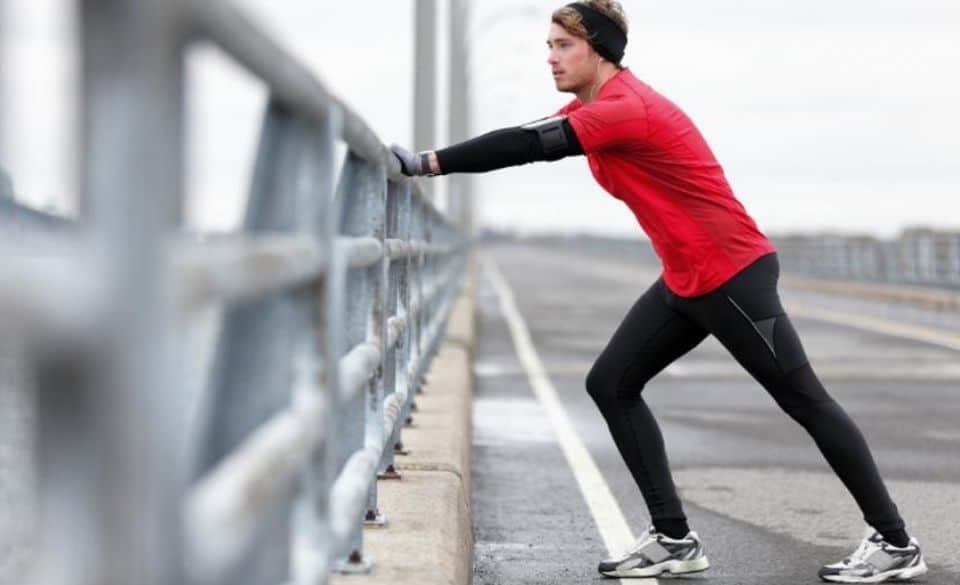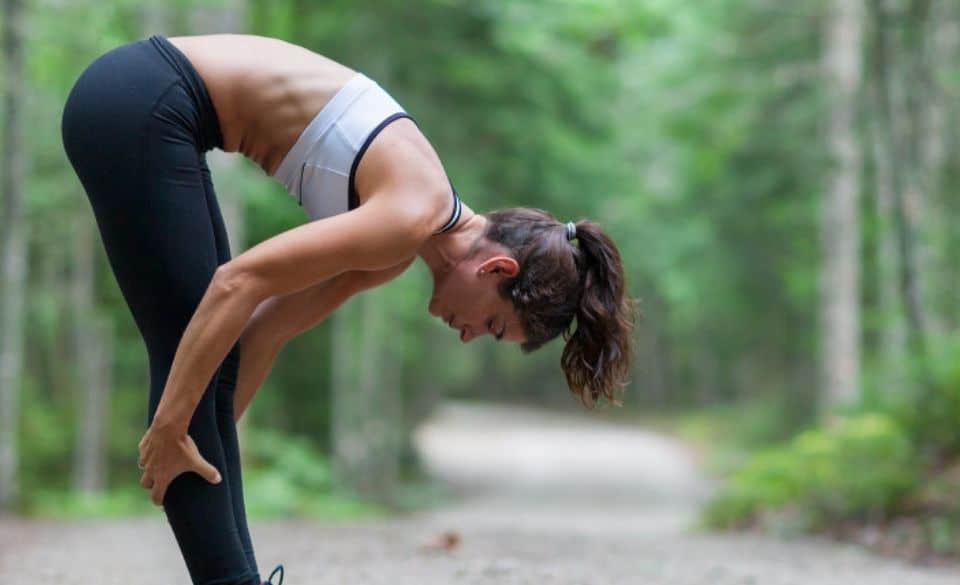
Sore From Stretching – Guide to Overstretching Symptoms
Page Contents
Stretching and foam rolling are just as important as the training you do. Regular stretching can help muscles recover faster and help keep mobility. However, sometimes you can overstretch and get sore from stretching too much and too often. So what is the right combination and what are the overstretching symptoms if you stretch too much?
In this article, we cover the symptoms of overstretching and why you may feel sore the day after stretching. Continue reading to find out more.
What Causes You To Get Sore From Stretching?
When you stretch it is common to feel a slight pull along the muscle. However, when done correctly there should be a slight level of uncomfortableness, which means pushing slightly more than what feels comfortable. This will help improve flexibility over time and it is important to start the stretch slowly and then hold the stretch for up to 20 seconds.
It however is important to understand that stretching should not be painful. When you stretch the muscles too much or too often that causes a stabbing pain, you should stop as you are stretching the muscles too much.
Generally, if you stretch too often and stretch the muscle too hard you may feel sore from stretching. This soreness usually comes on the day after a stretching routine.
If you feel sore the day after stretching it is important to then reduce the intensity of the stretch.

Overstretching Symptoms – What Are They?
A lot of people live by the motto “No Pain, No Gain”. While this may work in some sports, this is not something you should follow when it comes to stretching. So if you stretch too much or too hard what are some of the overstretching symptoms you might encounter?
– Sharp or stabbing pain in the muscle
– Sore ligaments or joints
– Bruising
– Swelling
– Muscle spasms
While bruising and swelling are fairly uncommon, muscle spasms usually occur in the muscle when stretched too hard. And it’s not uncommon to feel sharp or stabbing pain in the muscle when you go to stretch it again.
Luckily if you overstretch and incur a mild muscle strain it will most often last a few days. And if rested properly won’t affect your training routine too much.
A strain is usually caused by overstretching or overexerting a muscle or tendon when stretching.
A strain is usually caused when stretching causes a tear in a ligament.
To avoid overstretching and the symptoms above make sure you stretch the muscles after a light warm-up or after some dynamic exercises. Doing so will help reduce the chance of overstretching.

Overstretched Hamstring – What Should You Know?
An overstretched hamstring is one of the most common injuries when stretching. The hamstring is one of the easiest muscles to stretch and also one of the tightest. That means people typically focus on stretching the hamstring far more than other muscle groups. So it is not surprising that more and more people suffer from a hamstring tear or general overstretching symptoms in the hamstring than other muscles.
If you have overstretched your hamstring and feel a sharp pain, soreness, or even swelling and bruising, it is important to let it rest. Once you have allowed adequate recovery (1-2 days). You should Ice the leg a few times each day to help reduce the pain and swelling. It is also wise to compress your leg and elevate it when not in use. Doing both will help speed up recovery.
With more serious hamstring issues you may need to take anti-inflammatory painkillers which will help reduce the pain. Then once all pain and swelling have gone, you can start slowly exercising the stretching the muscle again.
Is Stretching Sore Muscles Good or Bad?
Stretching has caused many debates among cyclists, runners, and triathletes. Many people swear by stretching before workouts and others only stretch after. So what is the right way to stretch and is stretching sore muscles good or bad?
First of all, you should never stretch a muscle that is dealing with acute soreness. Stretching an overworked muscle can effectively increase the tears in the fibers. Furthermore, as an endurance athlete sore muscles are common after a strenuous or long workout. When this is the case it is important to focus on icing the muscles and elevating them before stretching. Because stretching an already overworked muscle interferes with the blood flow to the capillaries which ends up slowing down your recovery.
Pre or Post Cycling Stretches – What is The Best?
Before heading out cycling you may feel like stretching before cycling is a good idea. Unfortunately, this is not the case. Stretching before cycling is not recommended as stretching a cold muscle will make them more susceptible to injury and may also reduce power output. Instead, focus on dynamic stretching and exercises to warm up the muscles pre-cycling. This will help increase range of motion and mobility before hard efforts.
Exercises like one-legged drills, light riding with sprints and high cadence work is good idea before stretching any muscle. This will allow the muscles to fully warm up before looking to stretch them.
However, stretching post-ride can be beneficial if done correctly. That means only stretching if the workout was relatively easy. If you have completed a hard session on the bike and the muscles are sore it is recommended you wait a few hours before stretching the muscles. Sometimes this means you might need to wait until the next day before the soreness and fatigue pass.
As a rule of thumb, no matter what the sport, wait to stretch the muscles if you are suffering from DOMS (delayed-onset muscle soreness).



